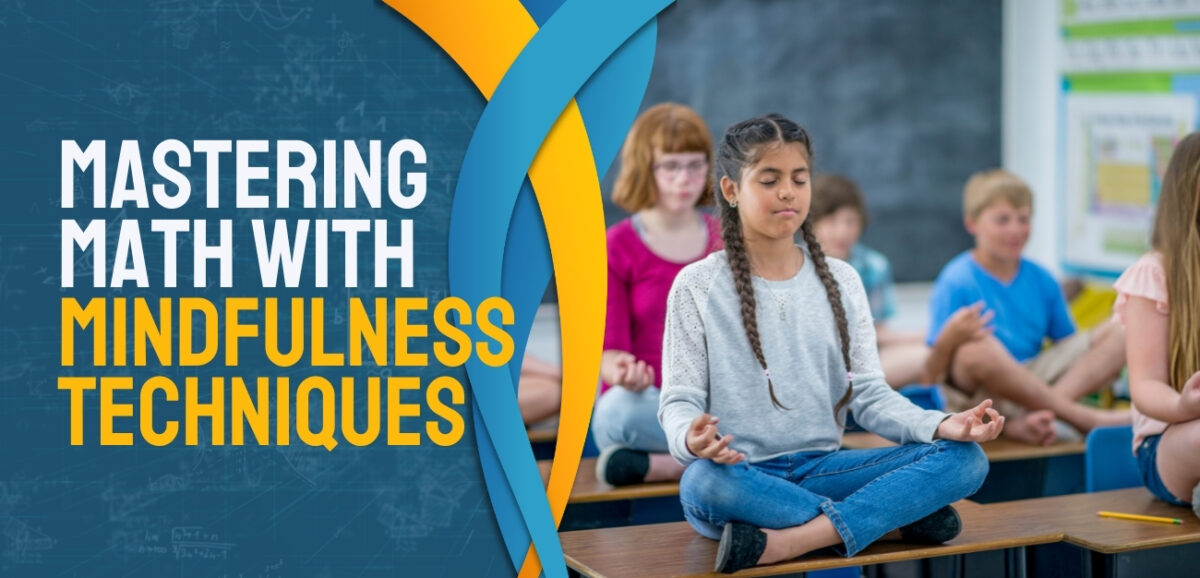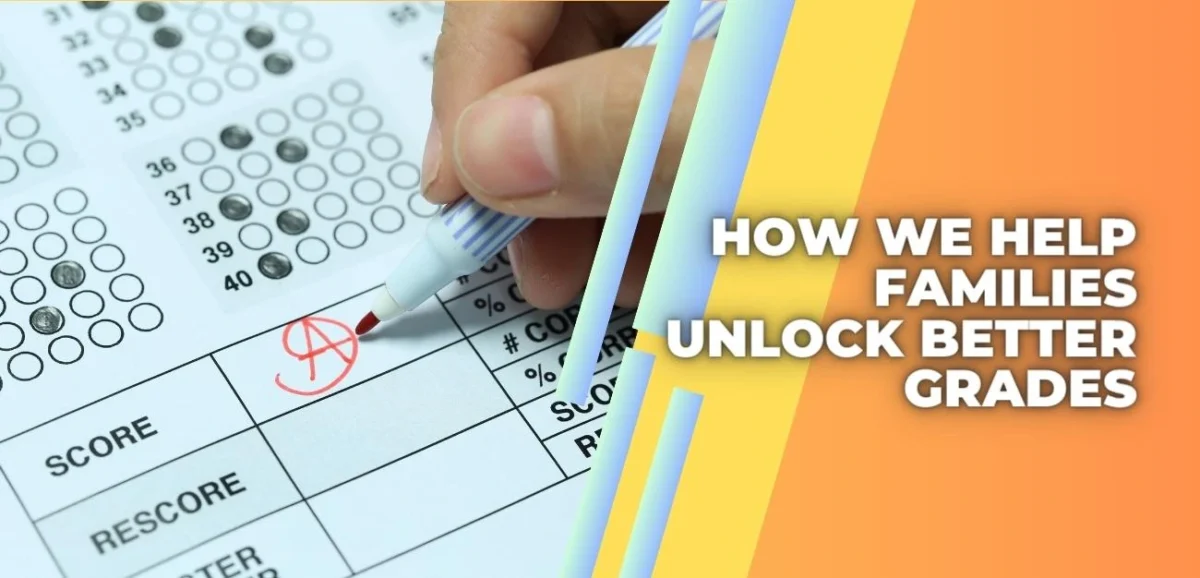Imagine the school year as a carefully woven fabric, each day a thread that’s tightly bound to the next. A child’s daily presence is not just a part of the educational pattern; it’s the very essence of the fabric’s strength and beauty. Yet, the tale of attendance is often overlooked in the broader narrative of […]











